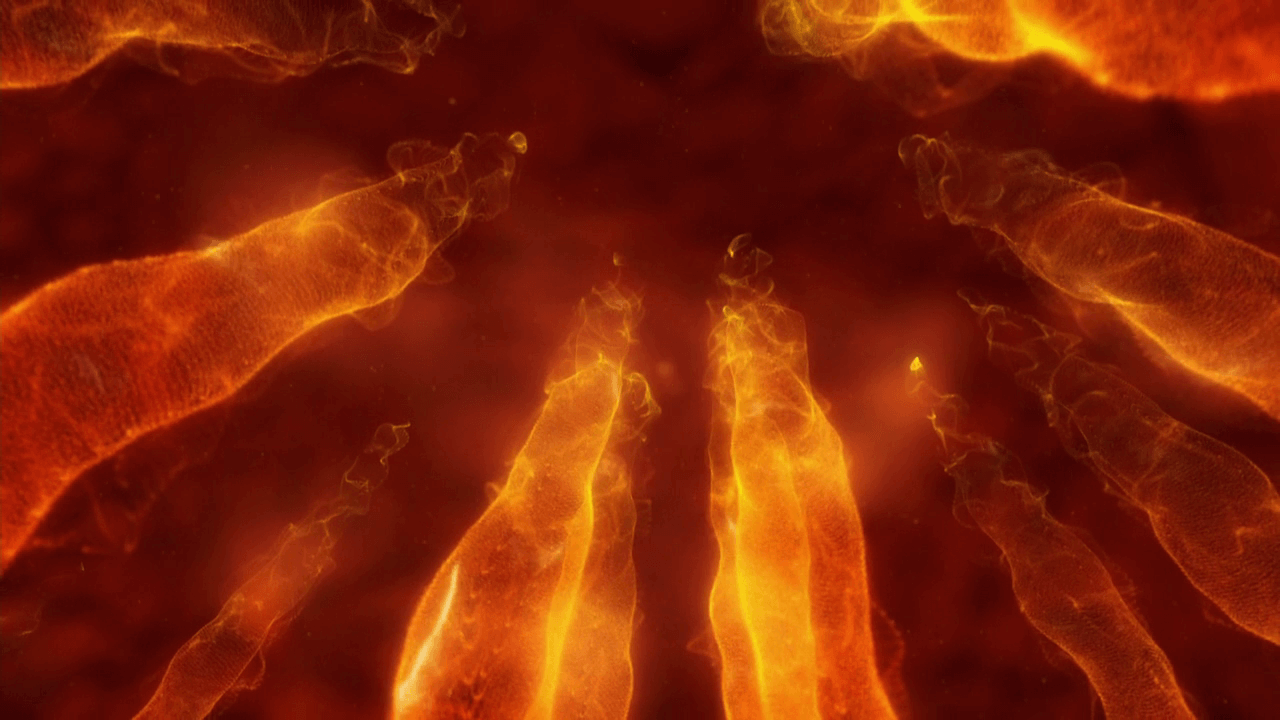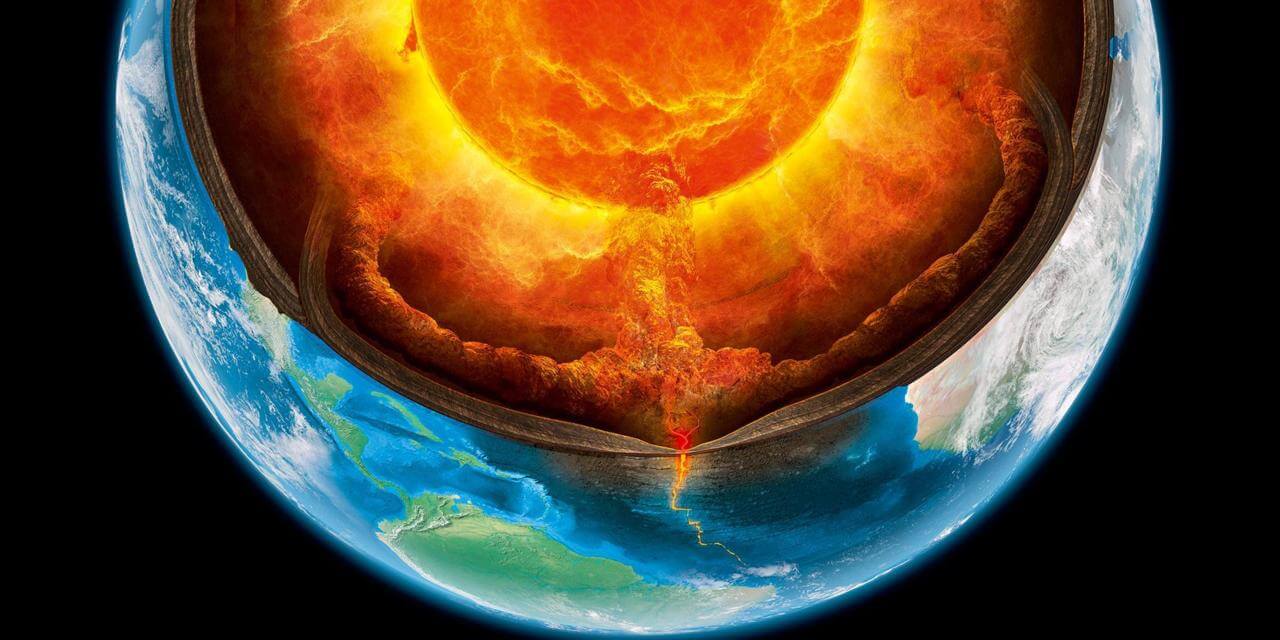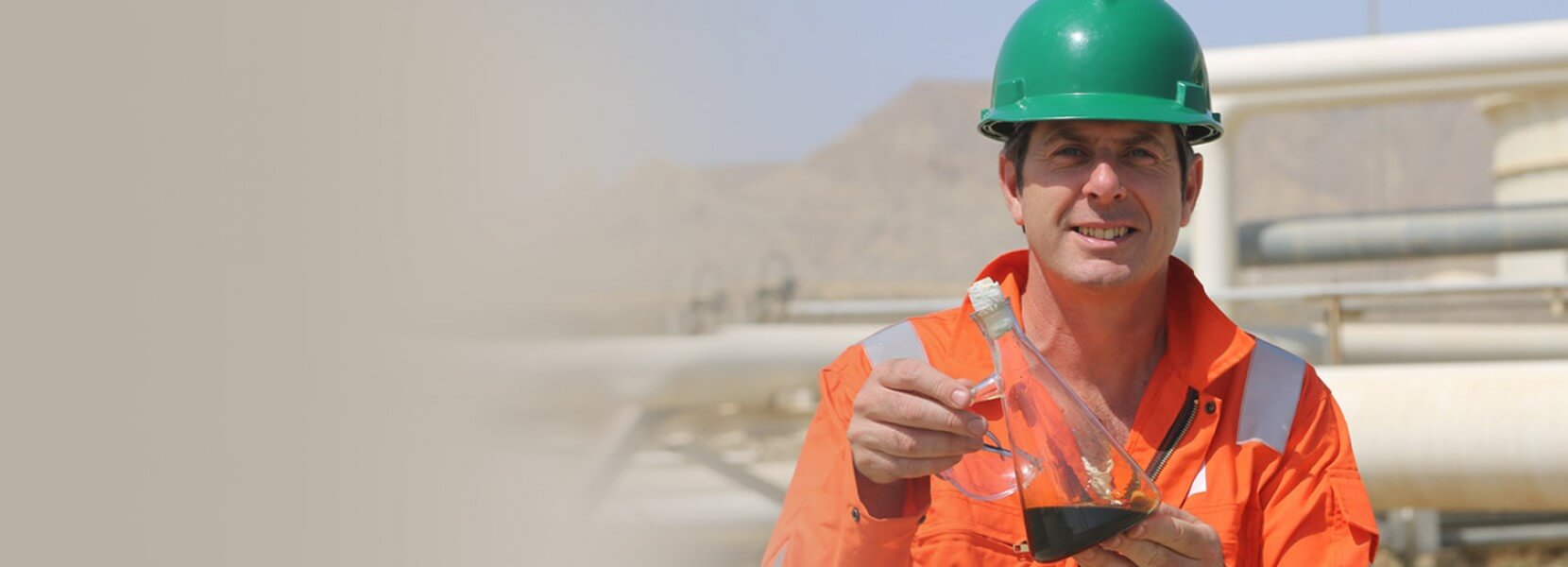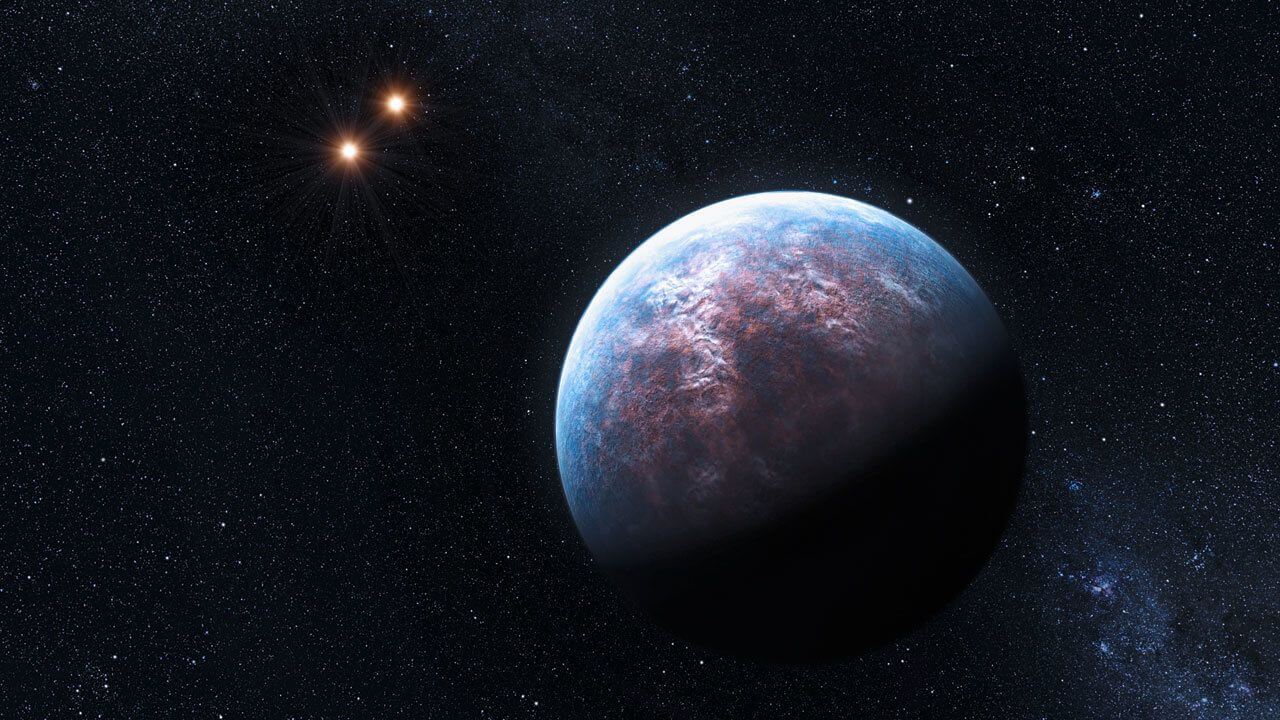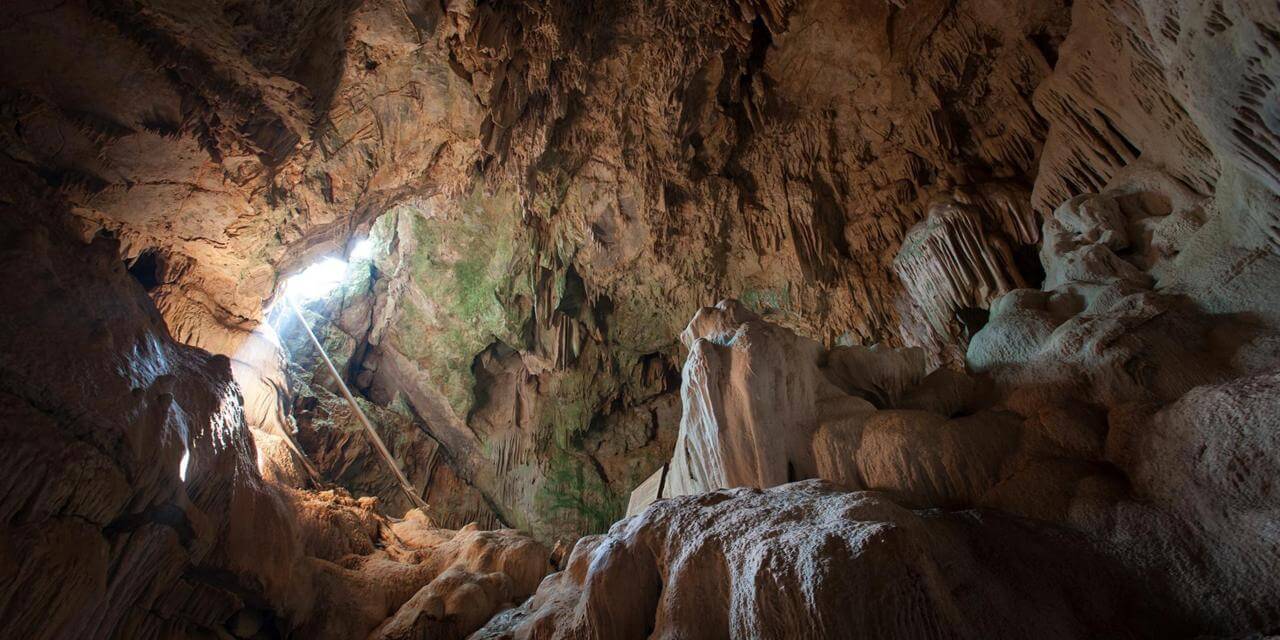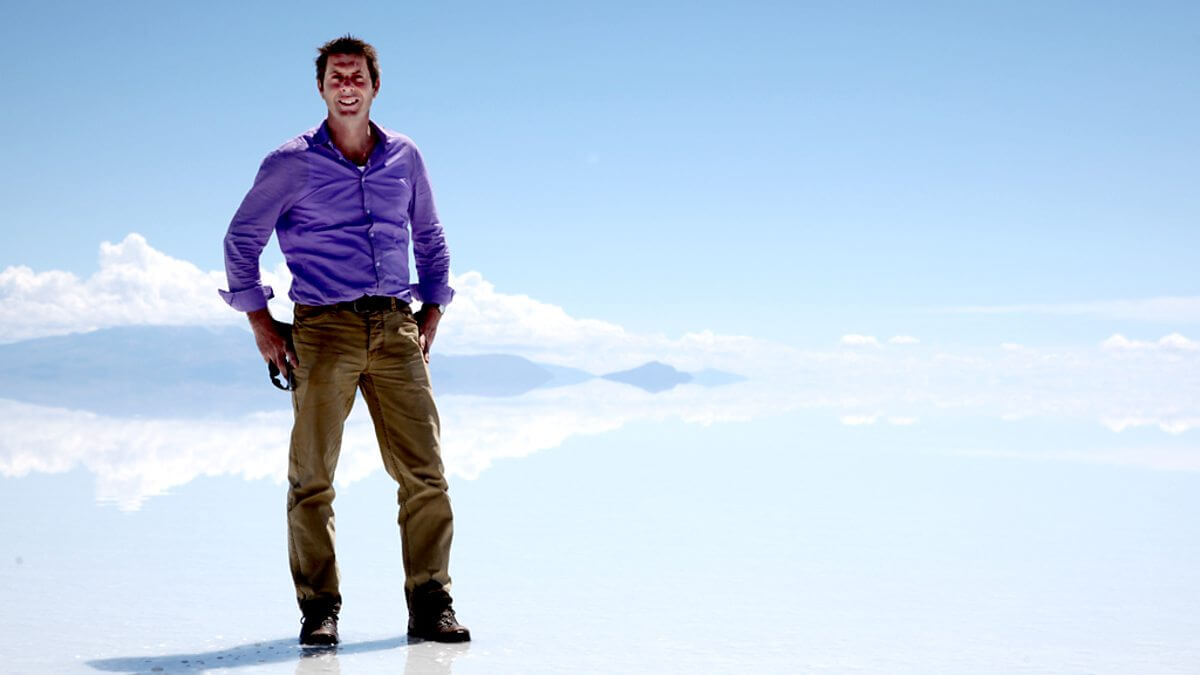description:
You can keep your alien invasions and big budget explode-a-thons. For my money, the best use for CGI is to make educational programming more interesting. Dinosaurs, outer space, and ancient civilizations have all been brought to life through computer-generated animation—and I’m a complete sucker for it. Now, The Discovery Channel uses computer magic to take us someplace we’d never otherwise be able to go, even though it exists right under our feet. Inside Planet Earth is an in-depth look at the mostly invisible forces that shape life on this planet from the inside out.
Starting at the crust, Inside Planet Earth leads viewers on a journey down through the fiery depths of the mantle to the Earth’s mysterious core. It mixes interviews with scientists and footage of some of the Earth’s most remarkable visible landscapes with computer animation that brings to life recent geologic discoveries to paint a compelling picture of a world in flux.
The composition of the Earth’s interior is more dynamic and less clearly defined than most of us learned in junior high. The shifting of the tectonic plates—the cause of earthquakes—is nothing compared to the constant movement of the superheated solid-yet-flowing rock called magma. This layer, often thought of as a glowing red band of liquid, is far more complex than what little we see of it erupting from volcanoes that exist where tectonic plates collide. Down in this hot, pressurized cauldron of rock, most of our precious stones are formed—diamonds mined from the crust were actually created deep inside the Earth, and then carried up on volcanic explosions millions of years ago.
Inside Planet Earth is the story of the constant upheaval that not only shapes our world, but allows us to live on it. The magnetic field created by the moving liquid metal inside the Earth’s core not only traps oxygen in our atmosphere, but protects us from the sun’s dangerous solar radiation. Without it, Earth could not sustain life.
For as much as Inside Planet Earth is interested in educating viewers, it also seems bent on terrifying them. The special is filled with all the ways that life as we know it could come to an untimely end. Besides the “long overdue” mega earthquakes and volcanic eruptions that threaten to maim, burn, and block out the sun—I’ll never look at Yellowstone the same way again—there’s the imminent threat of the Earth’s core reversing polarity. The magnetic field is already weakening in a band above South America. If such a reversal were to happen, the magnetic field would disappear for months, during which we’d be pummeled unchecked by solar radiation, knocking out all electricity and causing untold damage to the world’s population. That could happen within 1,500 years. Even if we survive that, about 4.5 billion years from now the Earth’s core will solidify—in effect “freezing” solid—and our planet will no longer be able to support life. As if I really needed that image in my head. Thanks to Inside Planet Earth I no longer check under my bed for the Boogeyman; I check for Aurora Borealis.

